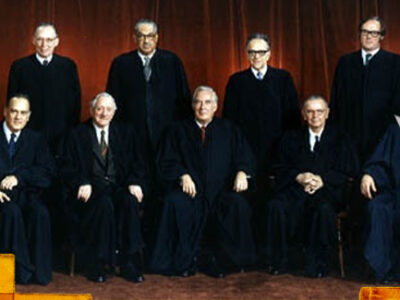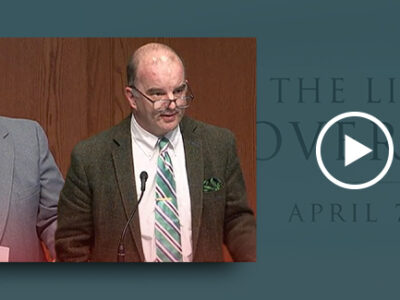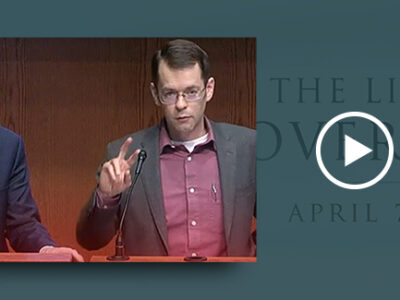The Judiciary Committee hearings for Judge John Roberts provide an arena in which the supporters of the “living Constitution” will clash, however politely, with the advocates of “original intent” sometimes called “originalists.”These two conflicting judicial philosophies lurk behind almost every individual question which this nominee and the next will be asked—from abortion to federalism, from religious liberty to interstate commerce.
The standard-bearer for originalist judges is Justice Scalia. When originalists render Constitutional decisions, they seek to discover the original intentions of the framers of the provision in question and then regard themselves as bound by those intentions.They respectfully resist taking the opportunity to substitute their own views for those clearly intended by the original writers. Opposing this interpretative approach are the “living Constitution” proponents who champion the views of the late Justice William Brennan.They object to the stance of the originalists in a variety of ways. However, their most common complaint is that the interpretative approach used by the originalists turns the Constitution into a document embedded in the past—one which is essentially dead.Instead, they say, the Constitution is an organic, living document. Those interpreting it should reshape its content according to current needs.
First, Judge Roberts and the Judiciary Committee members who support him should relentlessly resist allowing the “Brennanites” to claim sole possession of the term “living.” They should point out that originalists are not against a changing, “living” Constitution.Originalists do favor a Constitution that is able to be changed but changed by the only means provided by the Founders—constitutional amendment.Lest the Judiciary Committee members conclude that changes by amendment are unlikely or difficult, one need only look at the 20th century. Since 1900, a successful constitutional amendment (there have been twelve) has become law, on average, every eight or nine years!The Constitutional amendment has proven itself to be a readily available channel by which to breathe “life” into the Constitution.
Secondly, Roberts and his supporters should tactfully, but firmly, point out to hostile Senate interrogators what the Brennanites consistently ignore. The real issue is not whether or not the Constitution should ever be changed but rather who should be entitled to do the changing!The living constitution proponents believe that changes to the Constitution should be wrought by judges, that is, persons who are immunized from the electoral process of the people.Those who support this view are often Democrats who are, ironically, favoring intervention by the least democratic branch.They want the “new life” infused into the Constitution to come from the judiciary.Could it be they fear that the people will not support the changes they want?
In striking contrast, the originalists argue that it should not be judges who give the Constitution new meaning and new life.Instead the new life should come, if at all, from the people through the amendment process which requires popularly elected representatives in the federal and state legislatures to approve the constitutional change.It is the originalists who are the true “democrats” and the advocates of an authentic living Constitution consonant with the wishes of the people.




